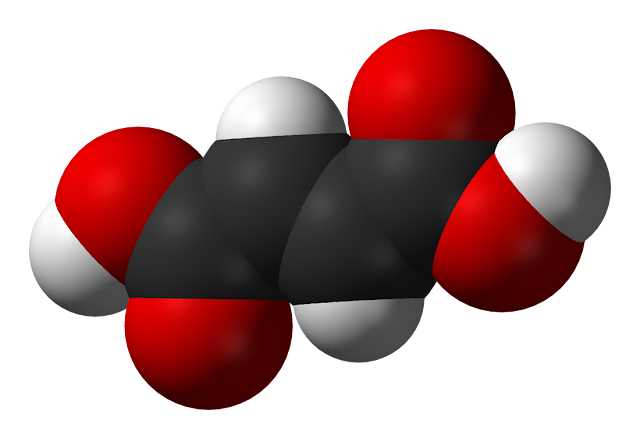Efficiency Unveiled: Exploring Remaining Useful Life Estimation Software

Remaining useful life (RUL) estimation has become an important aspect of predictive maintenance and asset management. The ability to accurately predict how much functional life remains in critical assets such as machinery, vehicles, infrastructure, and more allows organizations to plan maintenance activities more efficiently. With RUL estimation software, maintenance teams can make smarter decisions around repair, replacement, scheduling downtime, and budgeting for asset life cycles. How RUL Estimation Works Remaining Useful Life Estimation Software uses condition monitoring data and machine learning algorithms to analyze the current and historical state of an asset. Sensors embedded in or attached to assets continuously collect operational and environmental data points. This data is then fed into the RUL estimation model which has been trained on past asset failure data. The model evaluates trends in key performance indicators like vibration levels, temperatures, pressures, noise...












